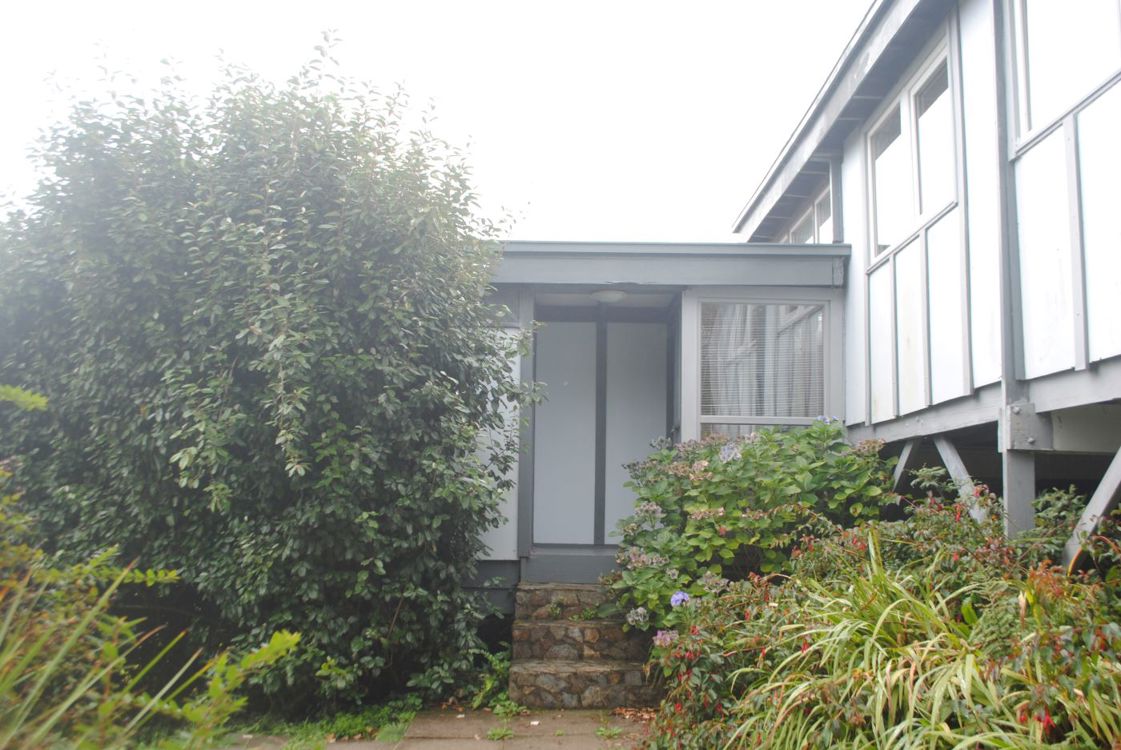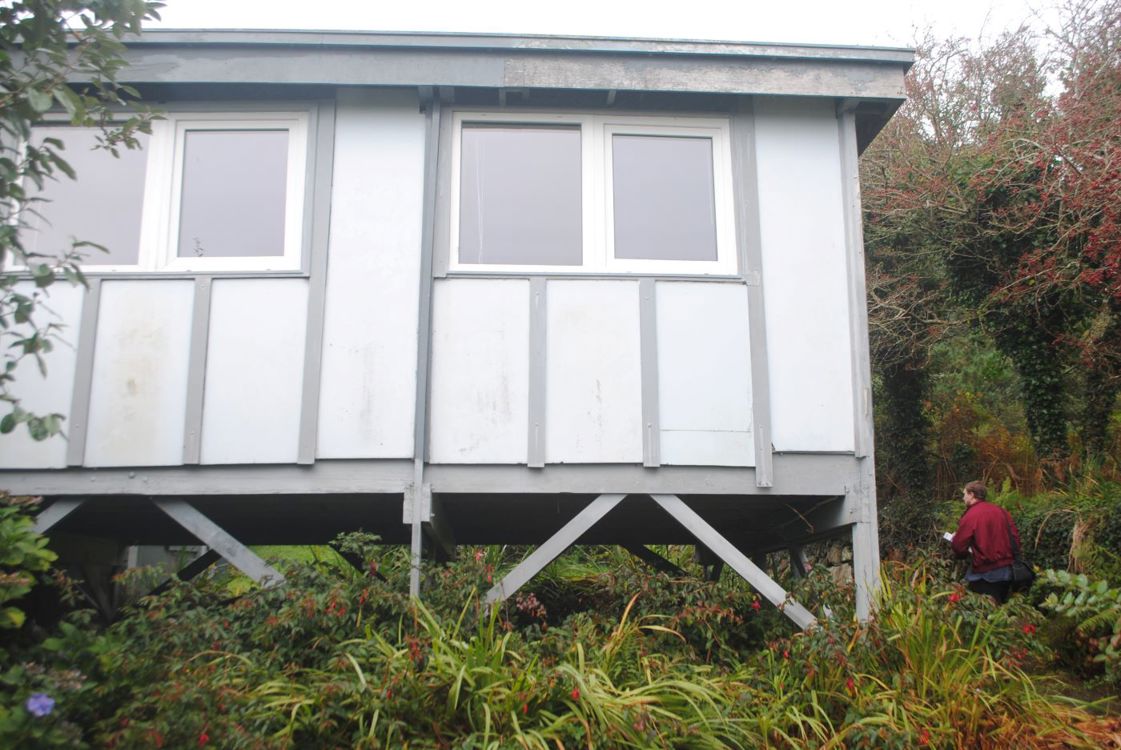SAMPLES
 Receive your sample
Receive your sample
 Receive your sample
Receive your sample
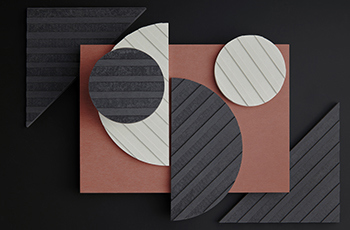 Know more
Know more
 Read now
Read now
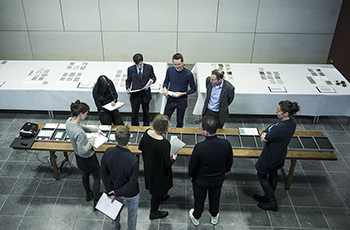 Request a CPD
Request a CPD
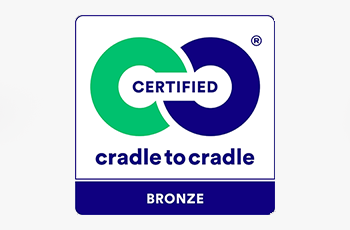 Find out more
Find out more
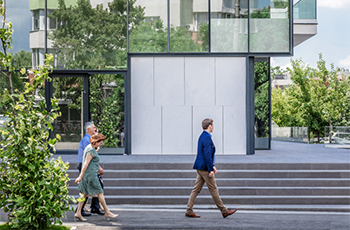 Contact us
Contact us
 Watch now
Watch now
 Know more
Know more
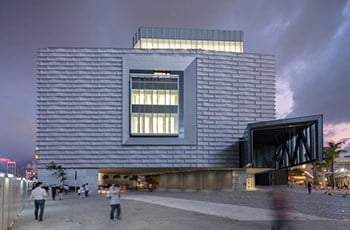 Know more
Know more
Lomask House, Rossbrin, Schull, Co. Cork
1970 – 1971
Walter Segal
1970 – 1971
Photographs – Sophie and the herd, courtesy Dr Ute Büttner; La Casa Piccola (1932), Graubunden ski house (1957) and Donohue House (1968) copyright Architectural Press Archive / RIBA Collections; Lomask House (2017) courtesy Nicholas Cunningham
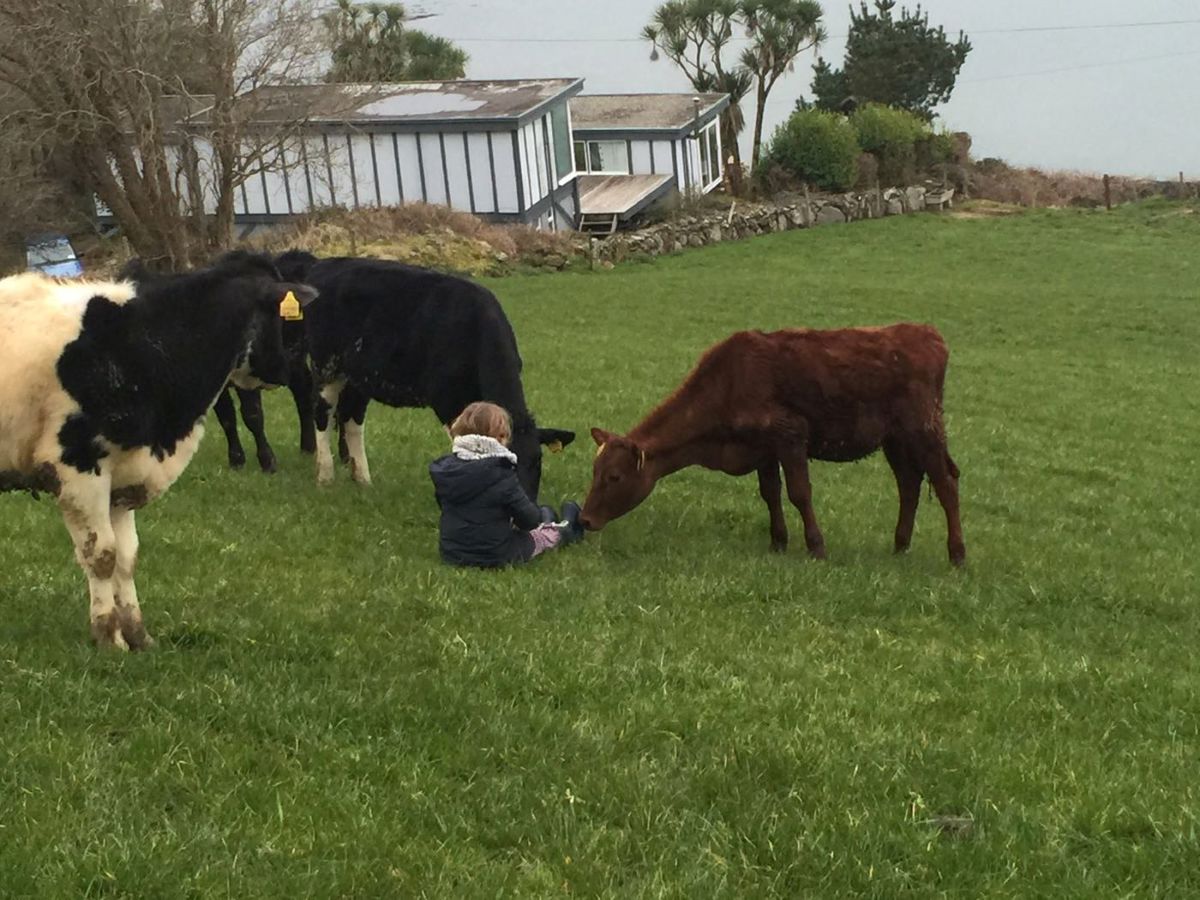
Walter Segal (1907–1985) is best known as the godfather of self-build housing, notably at Walter’s Way and Segal Close in Lewisham 40 years ago, which allowed 24 families from the local authority’s housing list to build their own homes quickly and cheaply, engendering a strong sense of community in the process. There are about 200 Segal houses in the UK but two of his earliest breakthroughs, largely unknown here, were (and thankfully still are) for holiday homes in Ireland. I am extremely grateful to Nicholas Cunningham for his kindness in providing me his detailed 2018 UCD MArch dissertation, The Evolution of the Segal Method, from which much of what follows is drawn.
Walter Segal was a child of the avant-garde. Born in Berlin, he was brought up in an atmosphere of “moral insanity” near Monte Verità in Ascona, southern Switzerland, in what he described as a “community of artists, architects, life-reformers, thinkers, truth-seekers, idealogues, mystics, charlatans and other cranks” – among them his parents. His father, a painter, was a prominent member, along with Tristan Tzara, of the Cabaret Voltaire in Zürich, the birthplace during World War I of the Dadaist movement. Hans Arp was a frequent visitor who stayed in his childhood home. Lenin was a brief visitor. After the war, back in Berlin, his father was on the committee of the November Group with Mies van der Rohe, Hugo Häring and Ludwig Hilberseimer, while those who regularly passed through the family home included Walter Gropius, László Moholy-Nagy, Erich Mendelsohn and Bruno Taut, who became Segal’s great friend and mentor.
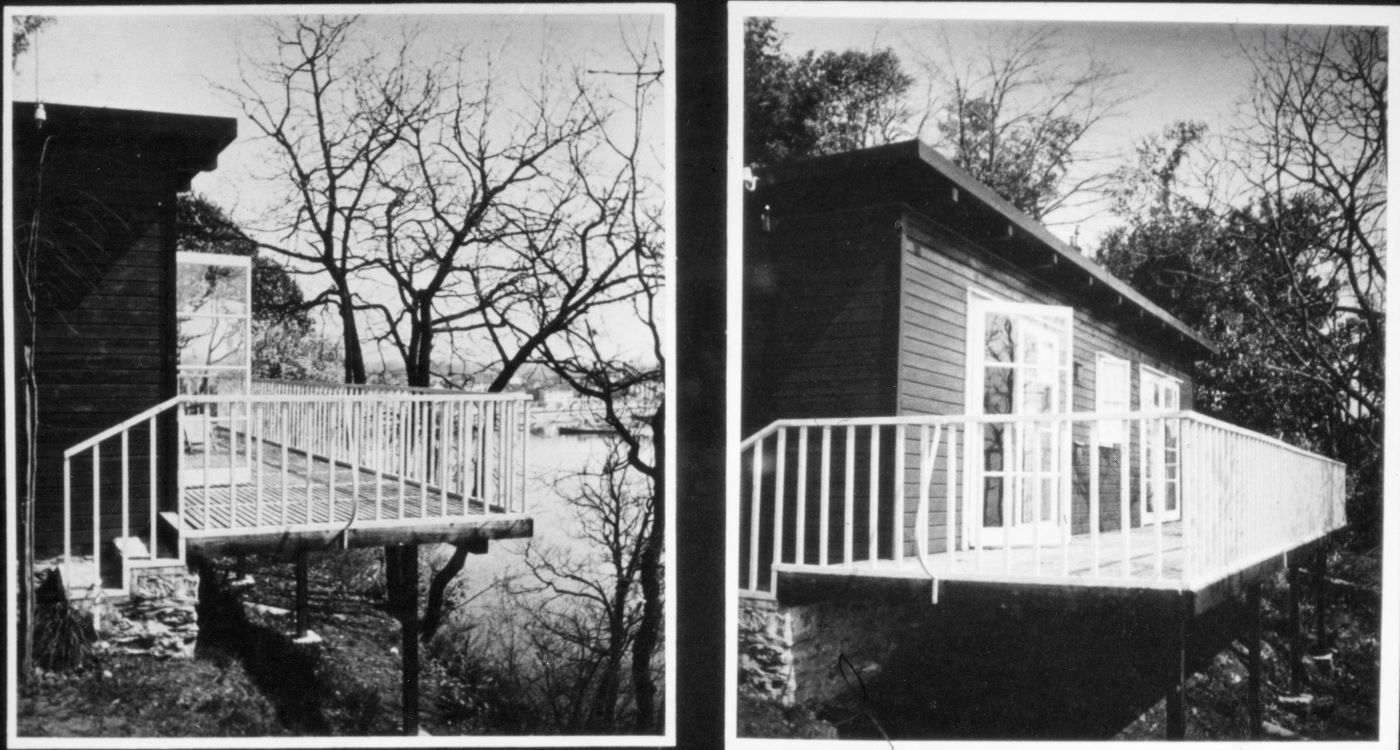
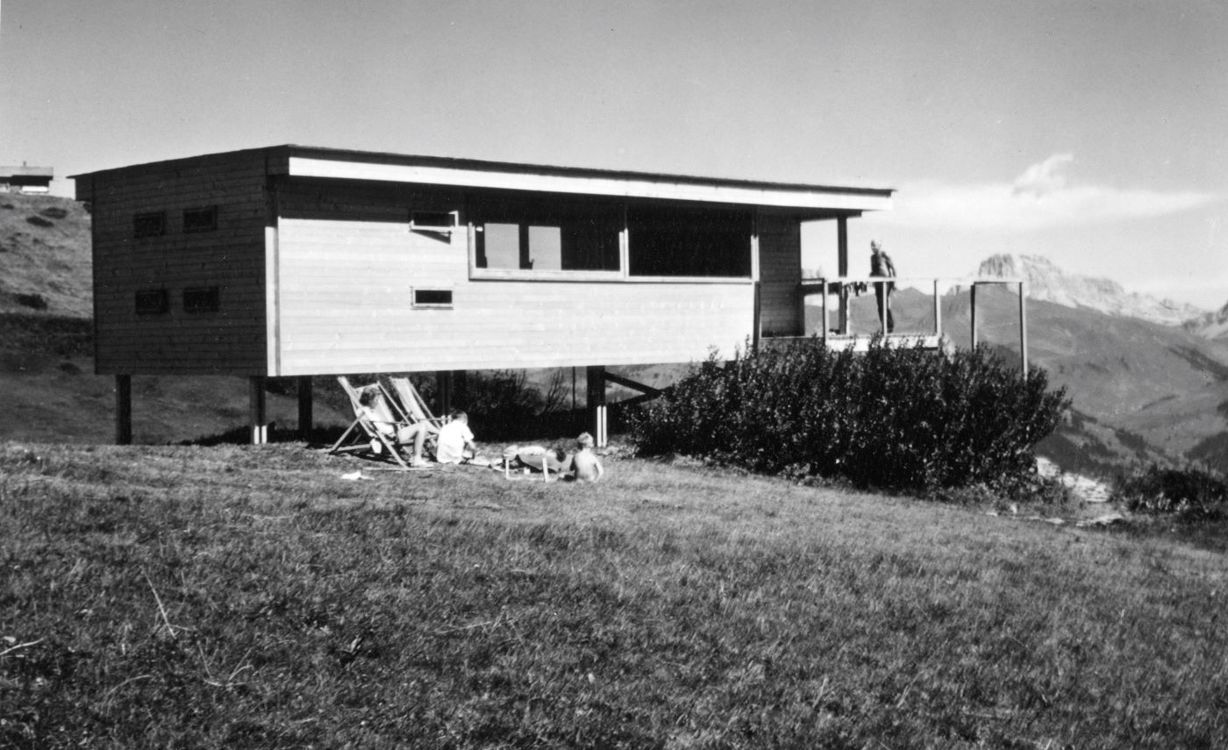
A practical eccentric, he was “a lone wolf”, according to his Berlin classmate, architectural historian Julius Posener, although Fred Wade, a carpenter, followed him from job to job in the late 1960s. Florian Beigel noted that, uniquely, the infill parts of a Segal structure are in no way fixed together, thus none of the basic wall and partition materials have been touched by either nail or screw; they are simply held in position by pressure and friction from the surface-mounted battens. “I cannot claim much for what I have been doing,” said Walter. “I slithered into the discovery, shamefully late, that a market of mass-produced materials does exist, that, by and large, there are many materials that are dimensionally coordinated which you only have to buy and assemble.”
His first Irish design, in 1949, was for an aluminium-framed prototype house that permitted panel assembly. Called the Abse house, nothing came of it. Nearly two decades later, however, the Donohue House, a holiday home at Cahore Point, Ballygarrett, Co Wexford, for Michael Donohue, an Irish engineer, became the first ever self-built house using the Segal method. Donohue and a carpenter (probably Fred Wade) built the 58.5sqm, three-bedroom structure in three weeks for £925. The finishes were basic, the external wall build-up comprising unpainted plasterboard on the interior, woodwool slabs and an exterior weathering of green mineralised felt. Half a century later, the house, although modified, still exists.
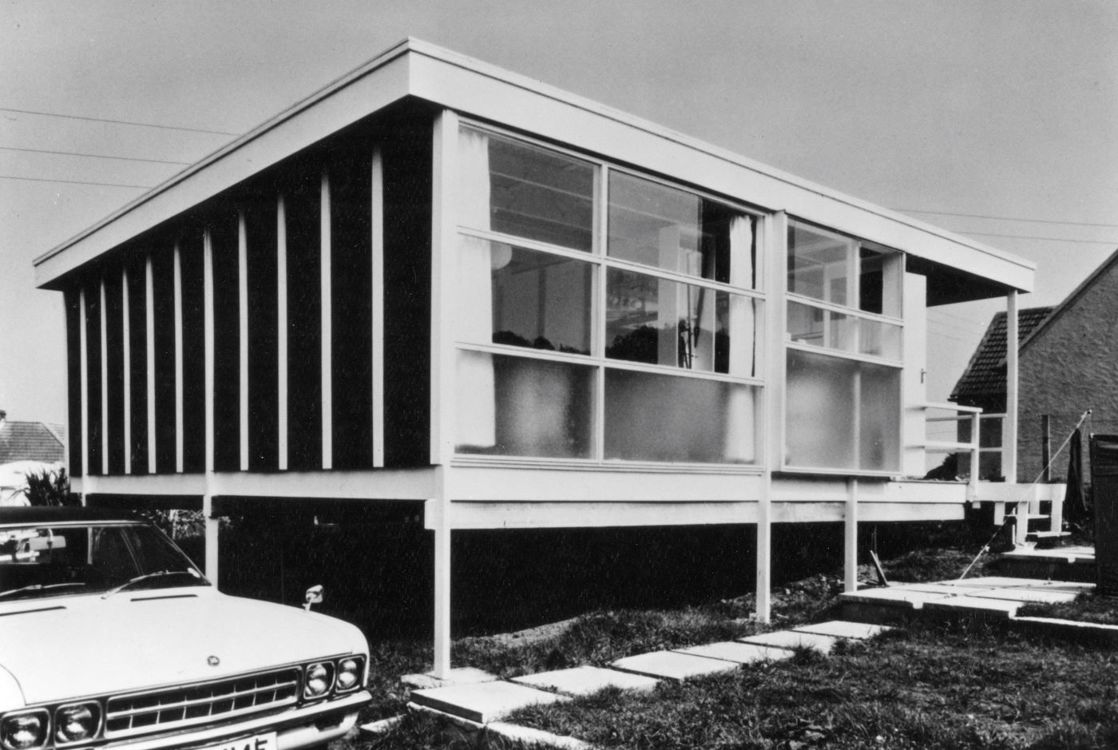
Three years later came his greatest Irish work, a holiday home for Americans Milt and Martha Lomask, who were living in London. Milt was a violinist and regular collaborator with jazz legend Charlie Parker, among others, while Martha was a writer of cookbooks, including the All-American Cookbook. The south-facing house is divided into three parts on three stepped platforms that overlap to form a circulation and service spine connecting the master bedroom and study at the top, the children’s bedrooms in the middle and the kitchen and living room at the bottom, all gathered around a large west-facing sundeck. Every room is south-facing, with a view of the harbour. The construction is classic Segal: simple pad foundations with timber stilts and bracing. Walter said of it as a model of his method: “Once the frame is up, the roof goes on and you move the building materials inside and work under cover.” Here, for the first time, as with many of his future projects, he specified autoclaved fibre-cement Glasal panels, friction-held in position by vertical battens, without nails, screws or adhesive.
The Lomasks sold the house to the German family Büttner in 1982. Dr Ute Büttner told Nicholas Cunningham that her family, who had been visiting Ireland since 1970, rented a holiday house by the sea in 1982. “Across the next field, in ca 200m distance, we discovered a very interesting, unusual house, snuggled into the hill behind, consisting of three cubes arranged like big stairs with an inner open terrace between. The house consisted of more than 75% windows and some grey timber walls. We got in contact with the local estate agent and, that November, he told us that the house was for sale. When my husband then came to Rossbrin, the sky was as grey as the house, but inside it seemed to be brighter. From then on we passed every summer and some Easter and autumn holidays in this house. We only changed the windows, because they were mostly broken at the edges – no wonder, standing 20m away from the Atlantic ocean! We restored two wonderful Walter Segal chairs we found broken in the garage, which are comfortable and extremely modern. We did not add any insulation; the house is only heated by a black cast-iron stove, which is ok for the summer period.”
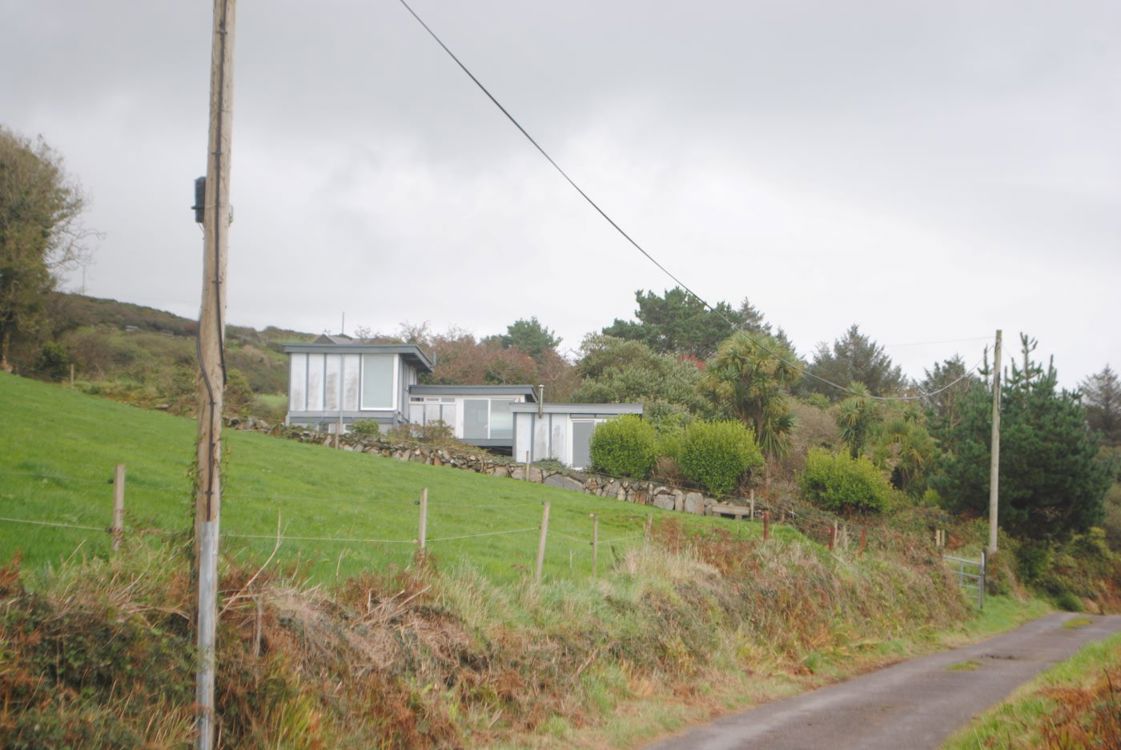
The architectural historian Peter Blundell Jones reckoned that the compulsive utilitarianism of Walter’s work was born of deliberate restraint – probably a reaction against his extraordinary and privileged upbringing in the artistic commune of Monte Verità, with its religious and vegetarian cults. Without looking at the buildings too closely or knowing the man, it is easy enough to dismiss them as ordinary, banal; ‘not really architecture’. Walter replied, “Real appreciation of simple architecture depends on a good and well-trained eye… Superficially these dwellings are modest and simple, but their detailing is superb.” It is fortunate for us all when they fall into good hands.
